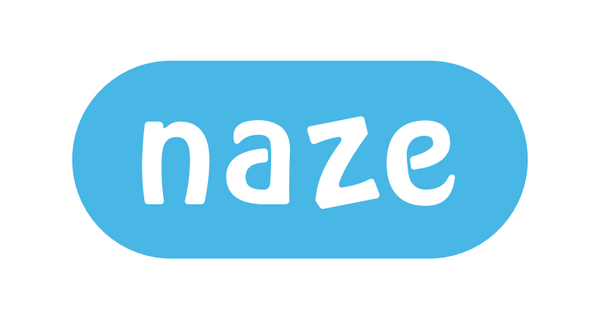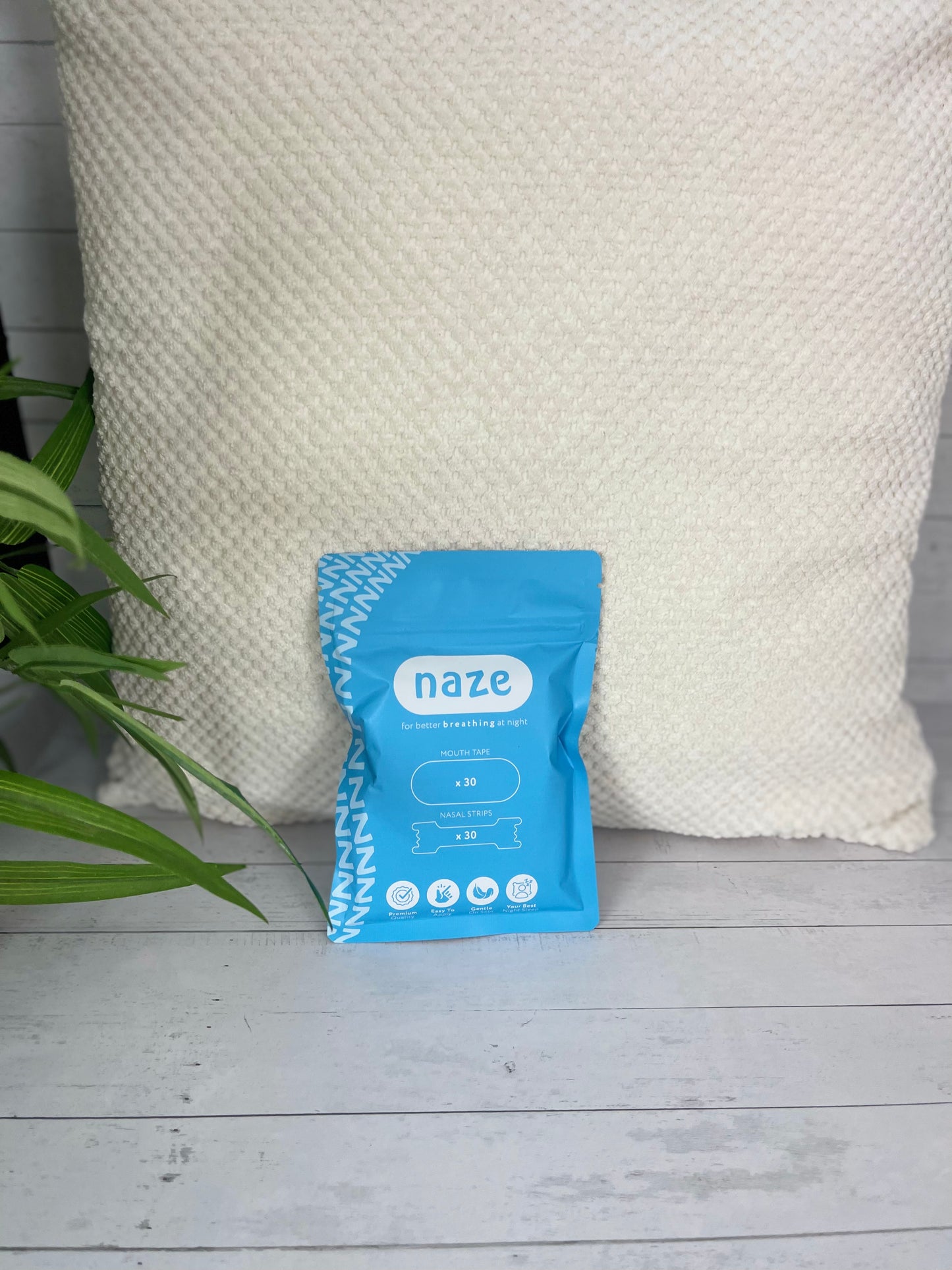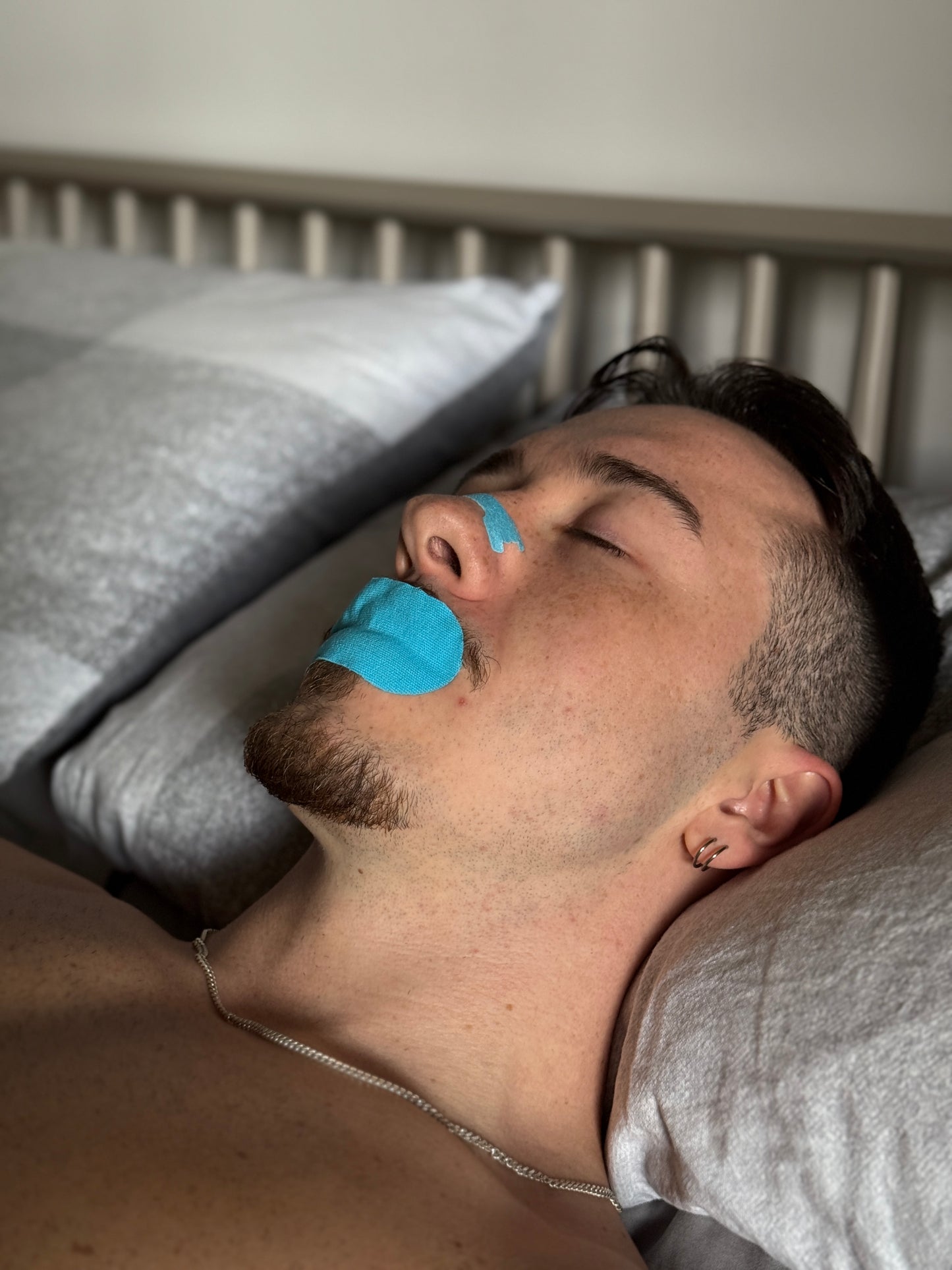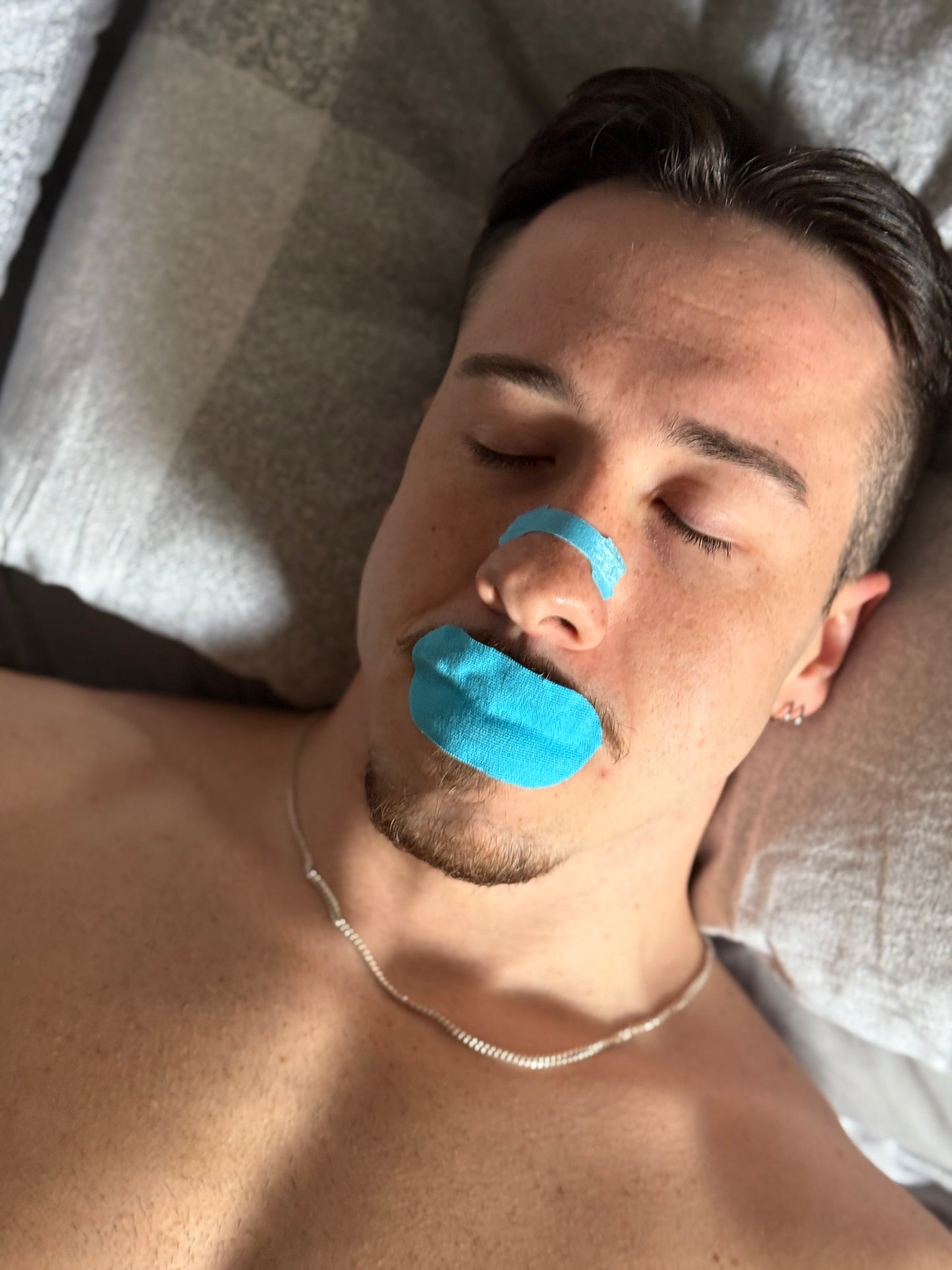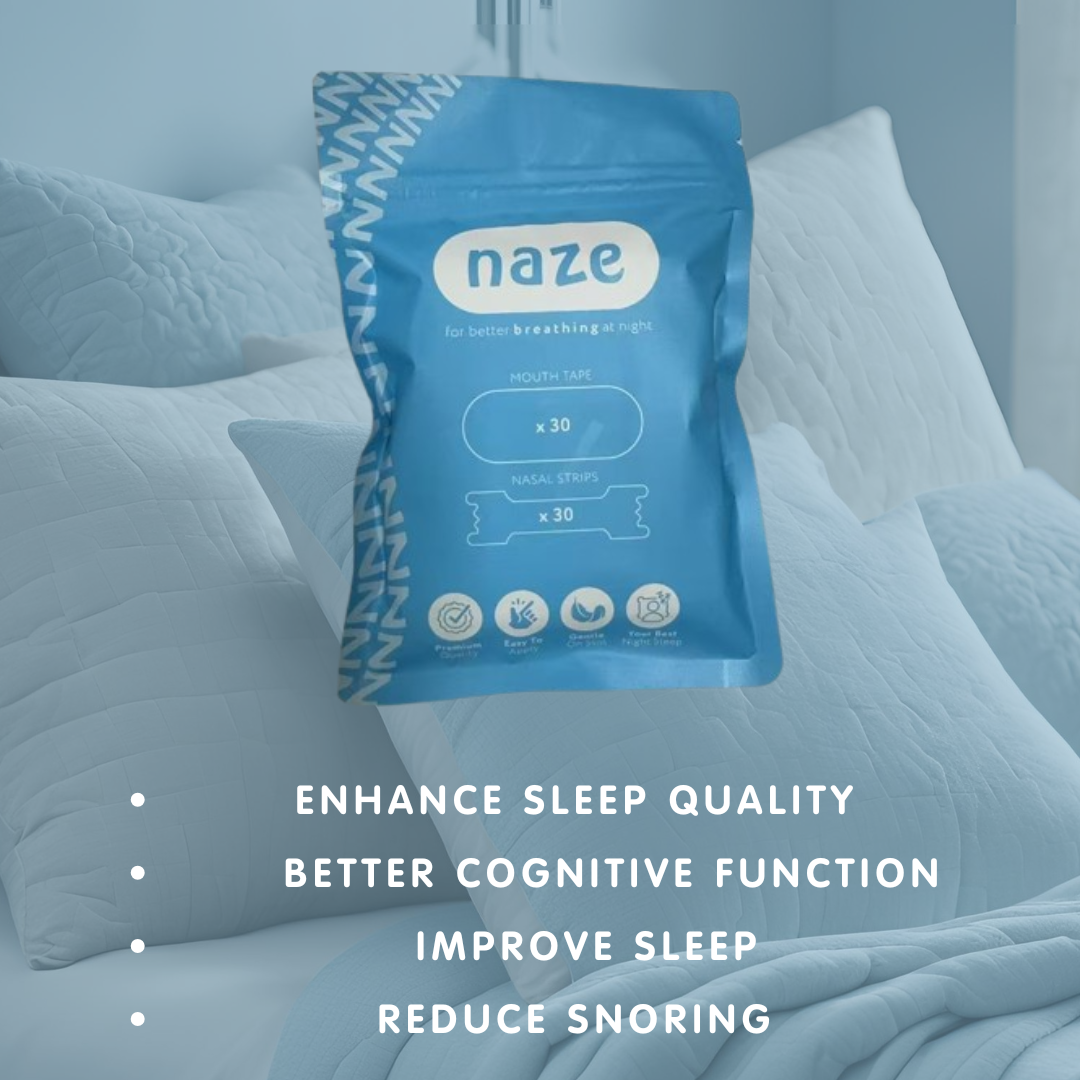
Ancient Humans Had Perfect Teeth — Mouth Breathing Is Why You Don’t
Share
Mouth Breathing Might Be Ruining Your Smile
Many people today wear braces to fix crowded teeth – a common rite of passage. Crooked smiles are everywhere now, but this misaligned-teeth epidemic is surprisingly new – it was virtually unheard of in our distant ancestors.
In fact, crooked teeth were practically non-existent in ancient humans. This epidemic of misaligned jaws and overcrowded mouths has only emerged in the past 150 years. So what changed? One overlooked culprit is mouth breathing. Breathing through the mouth instead of the nose – especially in childhood or during sleep – can quietly wreak havoc on facial development and oral health.
Crooked Teeth and Poor Jaw Development
Chronic mouth breathing can change the shape of your face. When you habitually breathe through your mouth, the tongue drops from the roof of the mouth, the jaw hangs open, and the upper jaw doesn’t widen the way it should. Several studies, including one from a Harvard-affiliated research team, suggest that mouth breathing contributes to misaligned, crowded teeth and poorly developed bites. Many mouth breathers develop a long, narrow face with a weak chin and underdeveloped jaw. If a child grows up breathing through an open mouth, their entire facial structure can shift in unhealthy ways.
Dry Mouth, Bad Breath, and Bacterial Imbalance
Mouth breathing doesn’t just affect how you look – it also disrupts oral health from the inside out. When you breathe through your nose, the air is humidified and filtered, and your mouth stays closed, preserving the saliva that naturally protects your teeth and gums. But mouth breathing dries everything out. That dry environment becomes a breeding ground for bacteria, which means more plaque, more bad breath, more cavities, and more gum disease. Dental experts have consistently observed higher rates of oral hygiene problems in habitual mouth breathers.
Ancient Humans Had Straight Teeth – Was Nasal Breathing the Secret?
Anthropologists have found 5,000-year-old skulls with jaws broad enough to fit all 32 teeth – including wisdom teeth – in perfect alignment, no braces required.
It’s true – our ancestors didn’t need orthodontists. Skulls from thousands of years ago show broad jaws and straight teeth, even without toothpaste, floss, or dentists. One key difference was lifestyle. Ancient humans chewed tough, natural foods that exercised their jaws. But more importantly, they breathed through their noses. Nasal breathing keeps the tongue resting on the roof of the mouth, which acts like a natural retainer and helps the jaws grow properly. Since chronic mouth breathing was likely rare, their faces developed the way nature intended – strong, wide, and balanced.
Break the Habit: Train Yourself to Nose-Breathe
The good news? It’s never too late to switch back. If you catch yourself mouth breathing – especially at night – there are tools that can help. During the day, make a habit of keeping your lips closed and breathing through your nose. Address nasal congestion if it’s a problem. And at night, try using Naze: a gentle mouth tape and nasal strip combo that promotes nasal airflow and helps you build better breathing habits while you sleep.
It might sound simple, but how you breathe could be the secret to preserving your smile. Mouth breathing might be silently sabotaging your teeth, your jawline, and your confidence. But with a few small changes – and a little help from Naze – you can get your breathing (and your smile) back on track.
